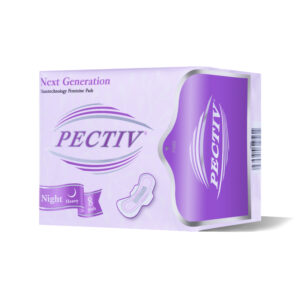A Beginner’s Guide to Menstrual Cups: A Sustainable and Practical Alternative


Menstrual cups have gained popularity in recent years as a sustainable and cost-effective alternative to traditional menstrual products. Made of medical-grade silicone or latex, these reusable cups collect menstrual fluid rather than absorbing it, offering numerous benefits for those who choose to use them. If you’re new to menstrual cups and considering making the switch, this beginner’s guide will provide you with essential information to help you get started.
What is a menstrual cup?
A menstrual cup is a bell-shaped device designed to collect menstrual fluid. It is inserted into the vagina, where it forms a seal and collects the flow, holding much more liquid than a tampon or pad. The cup is reusable, offering a more sustainable option compared to disposable products.
Advantages of menstrual cups:
Eco-friendly: Menstrual cups reduce waste as they can last for several years with proper care. By using a cup, you can significantly decrease the number of disposable pads and tampons that end up in landfills.
Cost-effective: Although menstrual cups have a higher upfront cost than disposable products, they are a long-term investment. Over time, using a menstrual cup can save you money since you won’t need to regularly purchase pads or tampons.
Extended wear time: Unlike pads and tampons, which typically require changing every few hours, menstrual cups can be worn for up to 12 hours, depending on your flow. This makes them convenient for overnight use and allows for uninterrupted activities during the day.
Lower risk of leaks and odor: When inserted correctly, menstrual cups create a secure seal that reduces the risk of leaks. Additionally, since the fluid is collected rather than absorbed, menstrual cups do not cause the same odor issues that can arise with other products.
Health benefits: Menstrual cups are made of hypoallergenic materials, making them suitable for people with sensitive skin or allergies. They also do not disrupt the natural pH balance of the vagina, reducing the risk of infections.
How to use a menstrual cup:
Choosing the right cup: Menstrual cups come in different sizes and shapes. Consider factors such as your age, flow, cervix position, and whether you’ve given birth when selecting the appropriate cup. It may take some trial and error to find the perfect fit.
Sterilize the cup: Before using a menstrual cup for the first time, sterilize it by boiling it in water for a few minutes. Ensure the cup is clean and dry before insertion.
Insertion: Wash your hands thoroughly. Fold the cup using one of the various folding techniques available. Insert the cup into your vagina, aiming towards the base of the spine. The cup will unfold and create a seal against the vaginal walls.
Removal: To remove the cup, wash your hands and find a comfortable position. Gently pinch the base of the cup to break the seal, then carefully pull it out. Empty the contents into the toilet, rinse the cup with water, and reinsert if desired.
Caring for your menstrual cup:
Empty and clean the cup: Depending on your flow, you may need to empty the cup every 4 to 12 hours. Rinse it with water or wipe it with unscented, mild soap. Sterilize the cup between cycles by boiling it for a few minutes.
Store properly: Keep your menstrual cup in a breathable bag or container when not in use. Avoid storing it in an airtight or plastic container to prevent odor and bacterial growth.
Menstrual cups offer a sustainable, cost-effective, and convenient alternative to traditional menstrual products. While there may be a learning curve when initially using them, many people find them comfortable and reliable once they get accustomed to the process. By following the tips and techniques outlined in this beginner’s guide, you’ll be well on your way to a more sustainable and hassle-free period experience.













































